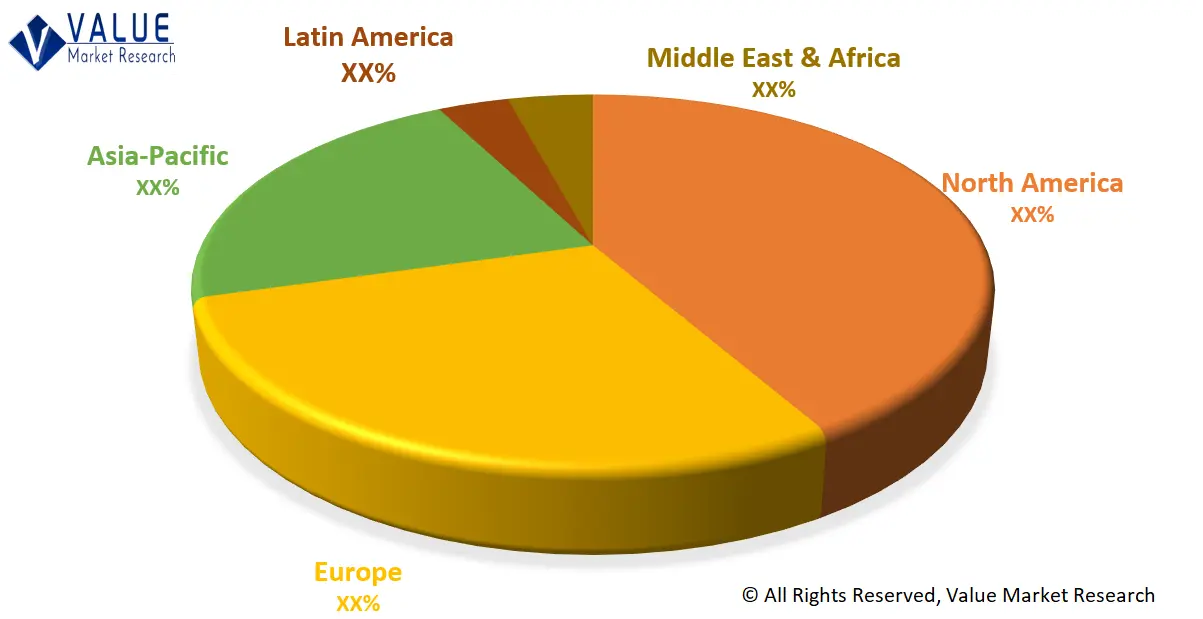The global demand for Industrial Design Market is presumed to reach the valuation of nearly USD XX MN by 2028 from USD XX MN in 2021 with a CAGR of XX% during the period of 2022-2028.
Industrial Design refers to a specialized practice of designing products, objects, devices, and services used by millions of people across the globe every day. Industrial designers typically focus on the functionality, manufacturability, and physical appearance of a product. The industrial design provides a more affirmative way of looking at the future by considering problems as opportunities. It is a job that exploits creativity to solve problems and generate solutions to build a product, service, system, and businesses better. The industrial design market has grown constantly over the past few decades, with the addition of continuing technologies. The IoT (Internet of Things) is considered as a major part of today's industrial design process.
Market Dynamics
The major factor driving the industrial design market is growing investment in computer-aided technology and computer-aided design. The rising integration of loT between industrial sectors to make the production process smooth and effective is adding growth to the market in the coming years. The IoT efficiently enables automation of industrial processes and is consequently being adopted in every industry all across the world. Moreover, the increasing environmental awareness among industrial heavyweights, green engineering, and the adoption of renewable energy sources in the production of the products will positively impact the growth of the market between 2020-2026.
The report covers Porter's Five Forces Model, Market Attractiveness Analysis and Value Chain analysis. These tools help to get a clear picture of the industry's structure and evaluate the competition attractiveness at a global level.
Additionally, these tools also give inclusive assessment of each application/product segment in the global market of industrial design.
Market Segmentation
The entire industrial design market has been sub-categorized into type and crop. The report provides an analysis of these subsets with respect to the geographical segmentation. This research study will keep marketer informed and helps to identify the target demographics for a product or service.
By Type
- Product Design
- Model Design and Fabrication
- User Interface and Interactive Design
- Other Industrial Design
By Crop
- Transportation
- Electronics
- Household
- Machinery and Equipment
- Others
Regional Analysis
This section covers regional segmentation which accentuates on current and future demand for industrial design market across North America, Europe, Asia-Pacific, Latin America, and Middle East & Africa. Further, the report focuses on demand for individual application segment across all the prominent regions.
Global Industrial Design Market Share by Region (Representative Graph)

The research report also covers the comprehensive profiles of the key players in the market and an in-depth view of the competitive landscape worldwide. The major players in the industrial design market include IDEO, BlueFocus Intelligent Communications Group Co. Ltd., Designworks, Bayerische Motoren Werke AG, ARTOP Group, Frog Design Inc., Ammunition Group, ZIBA Design, Fuse Project, PDD, LUNAR, R & D Design, GK Design Group, RKS, BUSSE Design. This section includes a holistic view of the competitive landscape that includes various strategic developments such as key mergers & acquisitions, future capacities, partnerships, financial overviews, collaborations, new product developments, new product launches, and other developments.
In case you have any custom requirements, do write to us. Our research team can offer a customized report as per your need.

